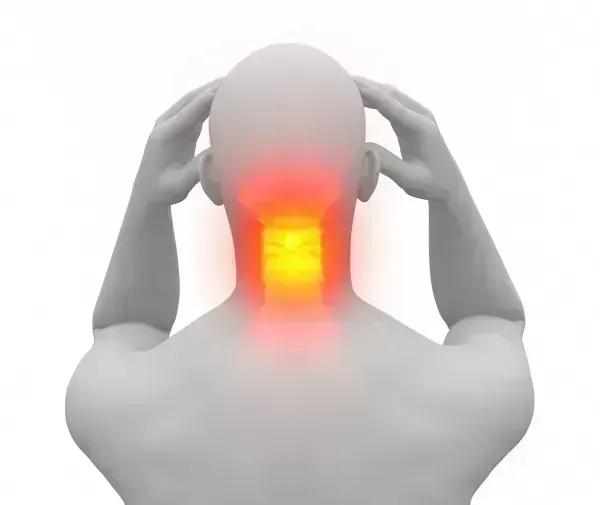Master the Cervical Disc Disorders in ICD-10

Choose your codes based on pathology and anatomical location
Disc disorders are one of the most frequently encountered condition in chiropractic and orthopedic practices. In ICD-10, there are two categories to choose from in spinal disc disorders: M50.0 (Cervical disc disorder with myelopathy) and M51 (Thoracic, thoracolumbar, and lumbosacral intervertebral disc disorders).
“We see this commonly in our older patients and some athletes,” says Elizabeth Earhart, CPC, with Godshall Chiropractic in Millersville, PA. “The goal for us is to help strengthen the muscle in the injured areas, lessen pain, and keep the patient moving.”
Disc disorders include protrusions, bulges, and herniation; this is the term used for the fourth character 0 or 1. Disc displacement for the fourth character 2 also could include those things, but it does not include cord or nerve root complications.
Crack the Cervical Disc Disorders
Cervical disc disorders in ICD-10 have been assigned a myriad of code choices based on the exact pathology and anatomic location of the problem. M50.~ primarily covers the cervical disc disorders. The fourth character indicates the following:
“Having this many choices makes it easier for the doctor to create a more specific plan in our office for the patient,” states Earhart. “Many of our patients want to be educated about their treatment and health as well as sharing their information with the PCP involved (if there is one).”
Therefore, we have following broad categories of codes:
M50.0~ – Cervical disc disorder with myelopathy, unspecified cervical region
“With no laterality option for theses codes, we make sure that the notes support the laterality and sometimes the secondary codes,” explains Earhart. “If the displacement is causing nerve, muscle, or general pain in the right shoulder, we document and diagnose accordingly.”
Now in each one of these, we have following four possible options of the fifth character which indicates the anatomical location:
Scan Through These Coding Tidbits
Remember that M50.1~ (Cervical disc disorder with radiculopathy) has an Excludes2 note that states brachial radiculitis NOS (M54.13) so do not include brachial radiculitis under that code.
Also, you do not need to code radiculitis separately as M54.1~, while coding for M50.1~ (Cervical disc disorder with radiculopathy), as it is already included in the code.
Only use the fourth character of 8 for the other disc disorders if none of the other fourth character choices fit. Consider all the others first. The official guidelines tell us how to use “other specified” or NEC when we encounter it in a code description. If you can come up with a disc disorder that does not match one of the other choices, then this is the code for you.
Use the fourth character of "9" only for unspecified disc disorders if the documentation does not state anything. However, remember that payers may not like it and ask for further clarification later.
The fifth character option includes transitionary regions. Cervicothoracic is clearly designated as C7-T1.
There is a strange rule for cervical disc disorders that says you should code to the most superior level of the disorder. It seems to imply that you would only code M50.11 even if the problem occurs all throughout the neck. Let us wait till a clarification comes up in an errata later on.
Final takeaway: “Document to the utmost,” reiterates Earhart. “Make sure it’s in the notes so if there is a challenge or change to theses codes, it can be supported by the visit notes.”
M50.1~ – Cervical disc disorder with radiculopathy
M50.2~ – Other cervical disc displacement
M50.3~ – Other cervical disc degeneration
M50.8~ – Other cervical disc disorders
M50.9~ – Cervical disc disorder, unspecified.




